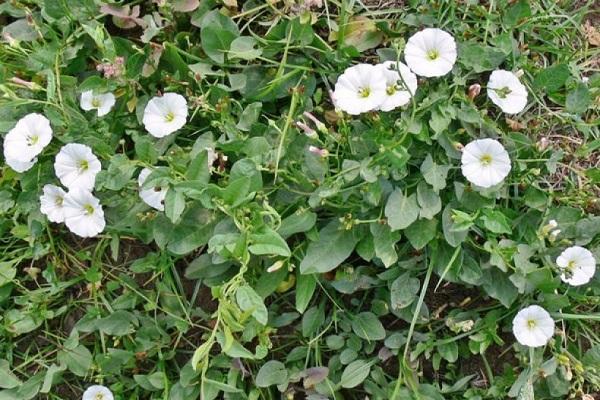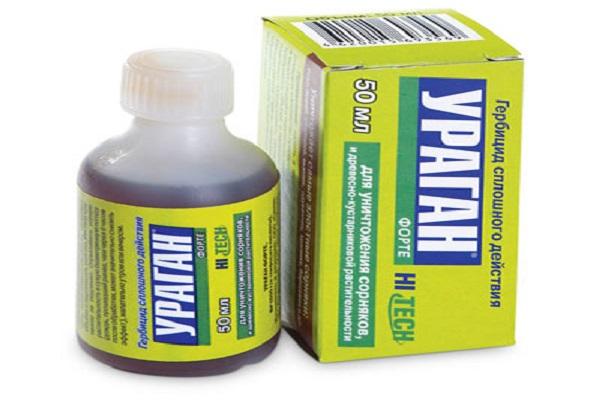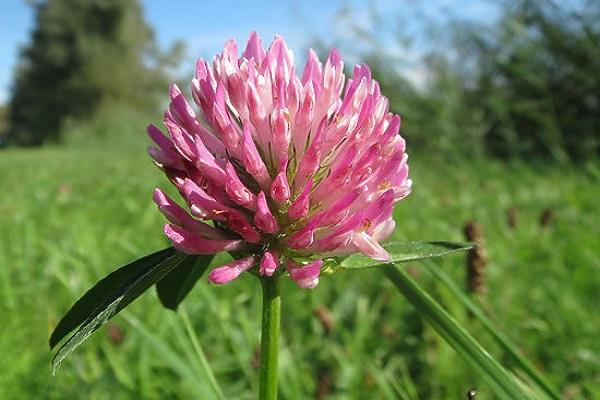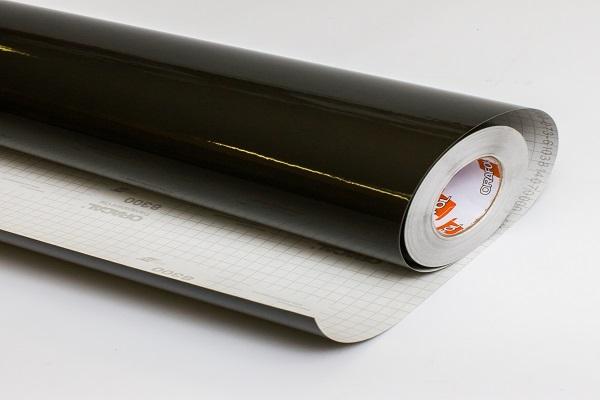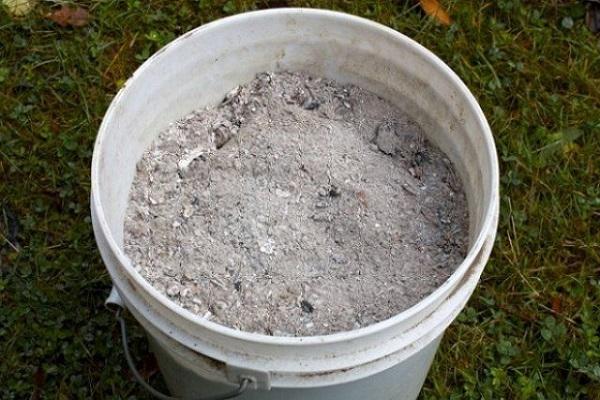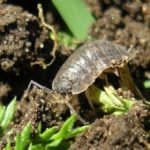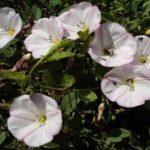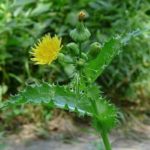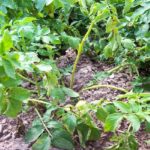Weeds greatly damage the garden, suppressing the growth of vegetable crops. Some varieties of weeds are easy to remove, while others are more difficult. Among the most difficult to remove, field bindweed, also known as birch, loach and dodder, should be noted. Therefore, you need to know how to permanently get rid of bindweed on your site, using available methods - chemical, mechanical and biological.
The danger of bindweed in the garden
Field bindweed is a herbaceous perennial plant from the family of the same name with an extensive root system that penetrates the soil layers to a depth of 2-3 meters. The flowers, painted white, soft purple or soft pink, are funnel-shaped. The flowering period lasts from May to August. This weed is widespread in European and Asian countries.
Despite its visual appeal, bindweed is dangerous in potato fields, vegetable gardens and summer cottages:
- promotes rapid drainage of the soil, drawing moisture from it due to a strong root system;
- long stems quickly wrap around cultivated plants, as a result of which they are deprived of light and nutrients;
- actively reproduces through seeds and root system;
- plays the role of a refuge for numerous insect pests;
- depletes the soil, slows down the growth of cultivated plants.
Causes of weed appearance
Weed seeds are present in huge quantities in the ground and spread with lightning speed throughout gardens and summer cottages. According to scientists, due to their high productivity, weeds growing on a plot of 4 x 2 square meters can easily infest up to 50 hectares of land. The spread of bindweed in areas is due to a long and powerful root system, as well as a huge number of ripening seeds.
How to deal with field bindweed in the garden?
There are effective mechanical, chemical and biological methods.
Chemical methods
The most effective method for combating field bindweed on a site is chemical. It is used in cases where the weed has covered the largest areas of land.
For these purposes, glyphosphate-based herbicides are used:
- "Roundup";
- "Tornado";
- "Lintur";
- "Hurricane".
Treatment with such means must be carried out when the field bindweed has a sufficient amount of green mass. Most effective at the beginning of the flowering period. A few days after treatment, the weed plant will begin to darken, and after a few weeks it will dry out.
To treat bindweed, prepare a solution of 10 liters of water and 100 ml of product, which must be generously sprayed on all shoots of the weed.
It is important that the herbicidal preparation destroys the entire root system of the plant - for this the procedure will need to be repeated several times.
When starting to work with chemicals, you must wear personal protective equipment and gloves. The remaining part of the solution should be poured as far as possible from the growth of cultivated plants.
Mechanical destruction
Destruction of weeds by mechanical means is a more gentle, environmentally friendly and, at the same time, labor-intensive option.
The most popular mechanical method is weeding. After this procedure, it is necessary to remove and destroy long rhizomes from the site, as well as the upper part of the bindweed. This will prevent the weed from re-germinating. The optimal time for weeding is spring and autumn.
Biological control measures
Choosing biological methods of weed control will avoid the adverse effects of chemicals.
The first method is to plant green manure plants in a summer cottage. Among them are clover, rapeseed, mustard, as well as other fast-growing and densely growing plant crops. Acting as a natural protective barrier, they will not allow the weed to grow.
The second method is mulching with straw, sawdust, wood chips and other organic materials. They need to be laid out in a thick layer up to 10-15 centimeters, and then the soil should be dug deep.
Fighting with the shadow
Shadow is the enemy of weeds. To block the access of sunlight to the weed, you need to make a shelter from wooden boards, geotextiles, plywood, roofing felt or dark film. As a result, field bindweed will lose the opportunity to develop.
You can also plant plants nearby that provide extensive shade. It could be pumpkins or zucchini. The bushes of these plant crops are strong and are not negatively affected by field bindweed.
Folk remedies
Folk remedies that are always available in dacha farming are also effective.
Soils with a high level of acidity are most favorable for the growth of field bindweed. Therefore, it is necessary to alkalize the soil. In autumn and spring, it is necessary to sprinkle it generously with wood ash. The use of lime is also allowed, but only in those areas that are not yet planted with cultivated plants.
To treat areas with active bindweed growth, use a solution of table salt, prepared in proportions of 1.5 kg of salt per 10 liters of water. The solution should be sprayed at a distance of at least thirty centimeters from cultivated plants. You can also use baking soda in a similar volume for these purposes.
If the amount of weed in the garden is small, you can destroy it using boiling water.
Prevention
Competent preventive measures are designed to protect the summer cottage from the abundant spread of the weed.
To do this you need:
- Maintain an optimal level of soil acidity.It can be balanced by adding wood ash or lime.
- In the autumn, after harvesting, dig up the garden. The roots of weeds will end up on the surface and freeze during the winter.
- Repeated thorough digging of the soil should be done in early spring, before planting crops. At this stage, check for any remaining weed rhizomes and remove them.
- When the first shoots appear, remove them immediately.
By following all these rules, you can protect the area from the appearance of weeds in the future.

